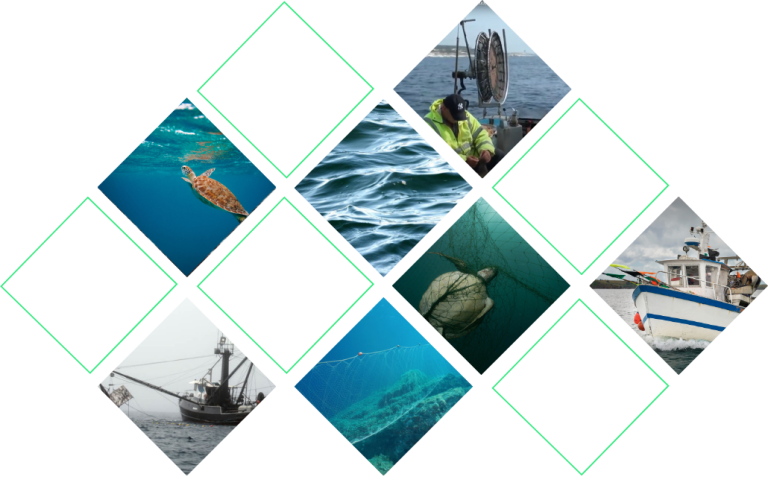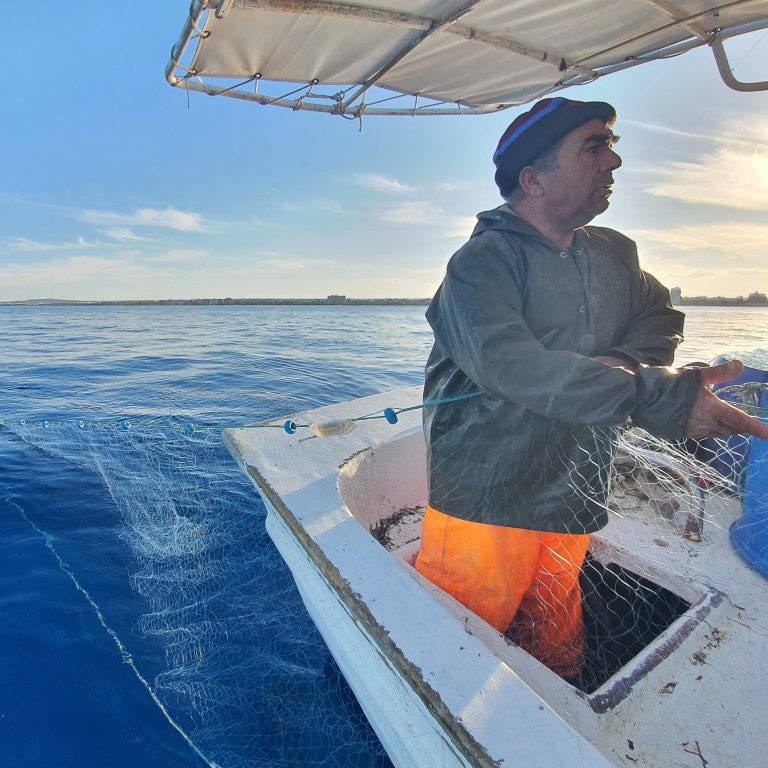THE PROBLEM
Recent research from the Pacific coast of Ecuador, Peru and Chile reveals that these coastal fisheries catch more than 46,000 turtles annually, with more than 16,000 killed in the process. Species affected include leatherbacks and hawksbills which are critically endangered worldwide.

